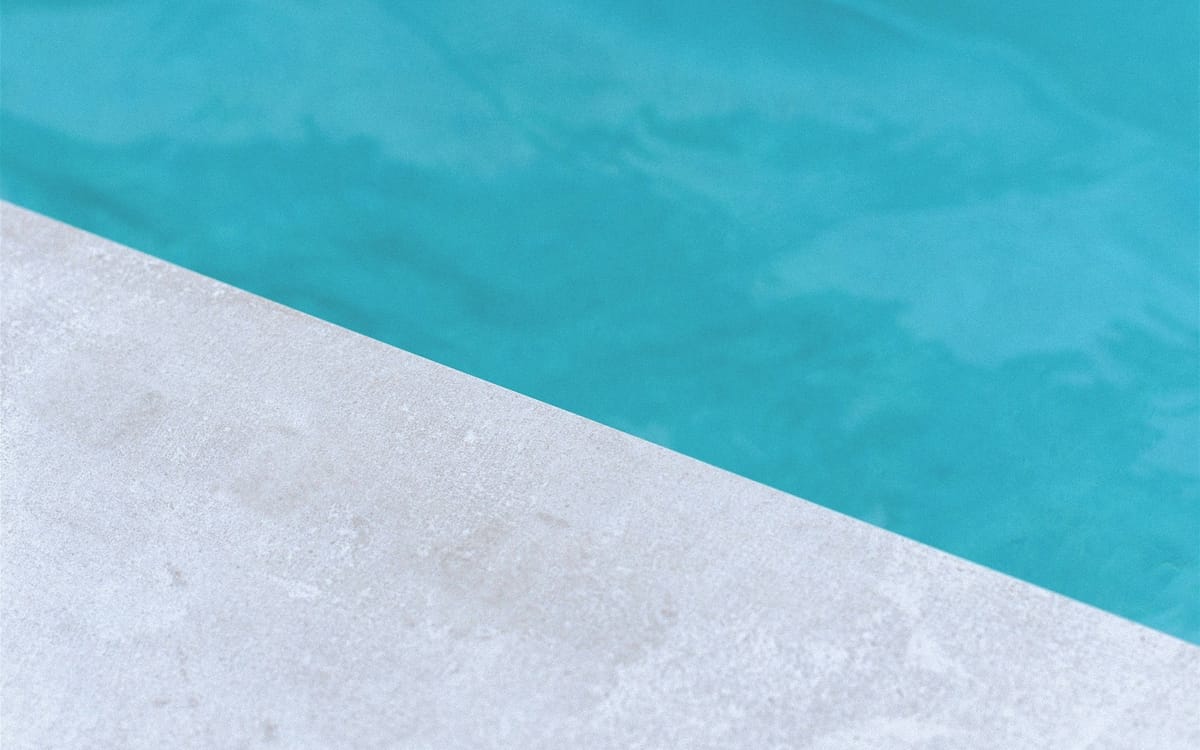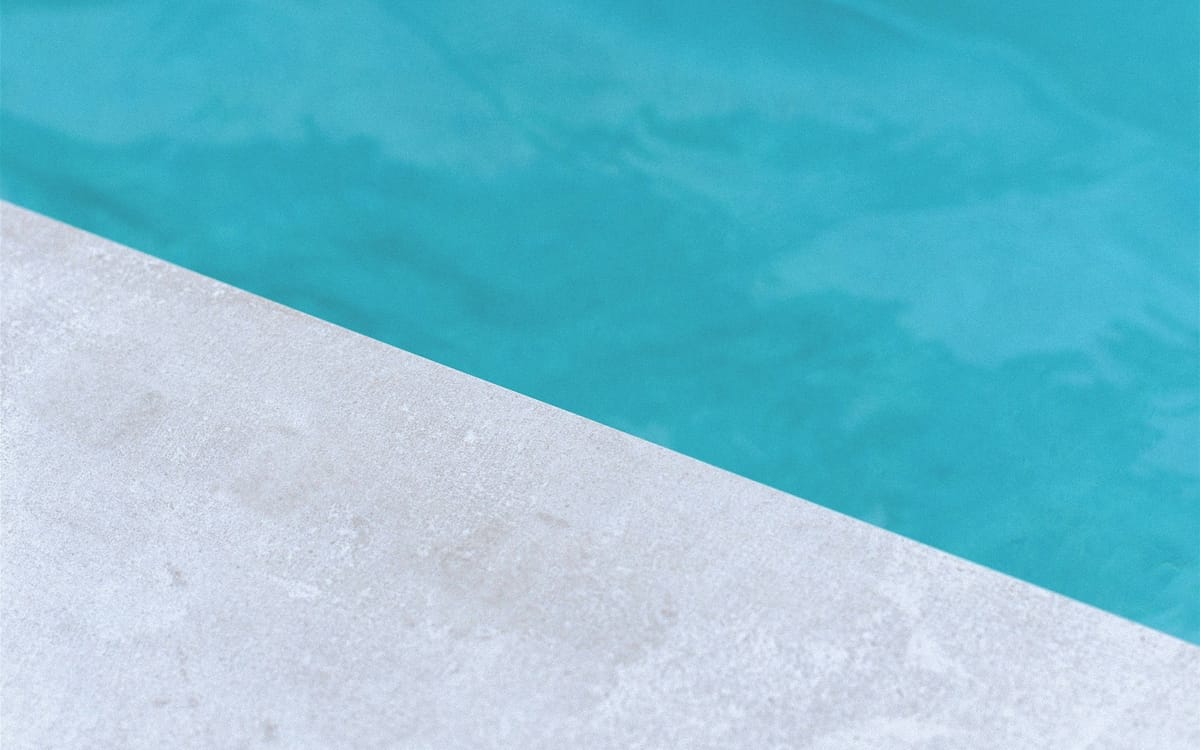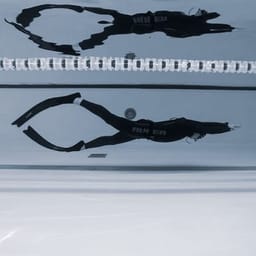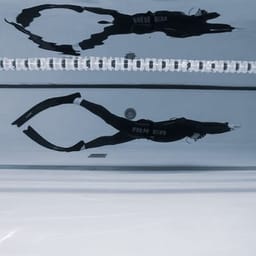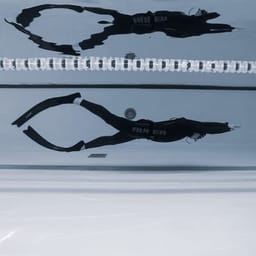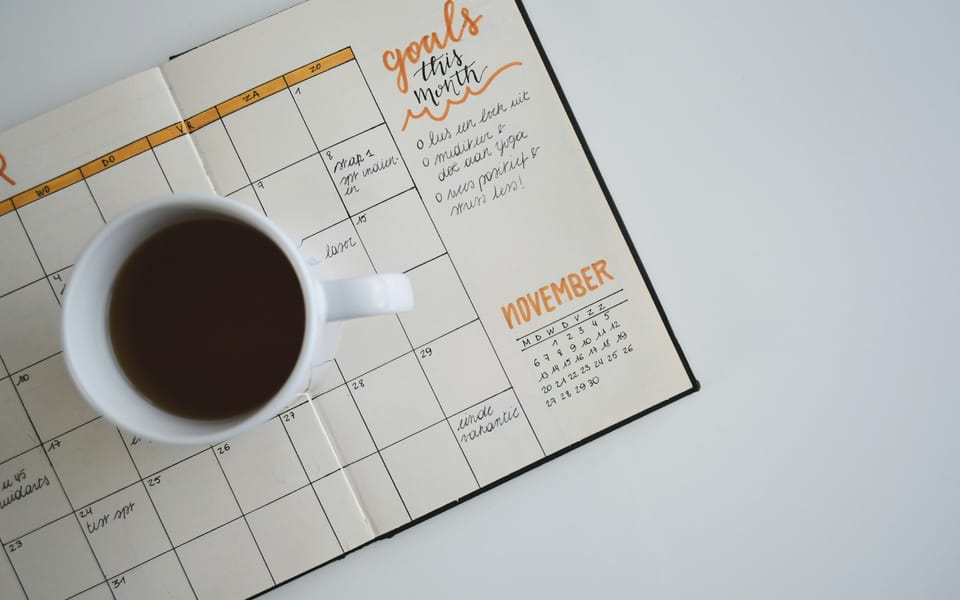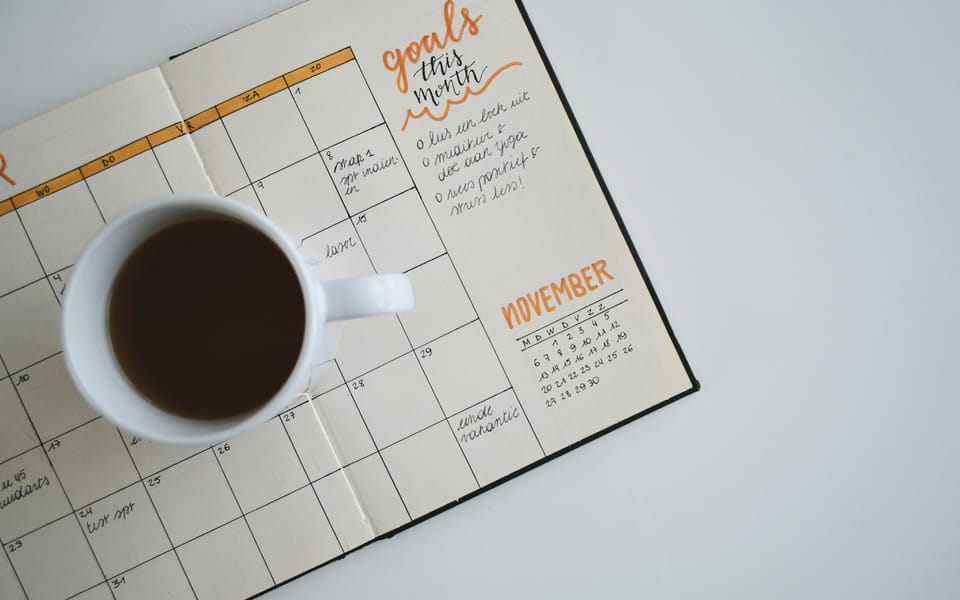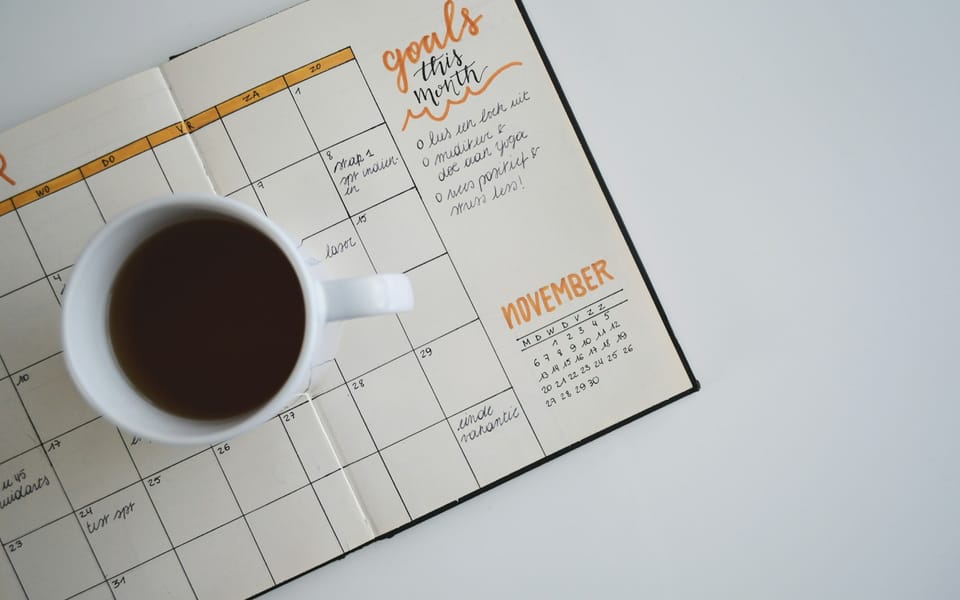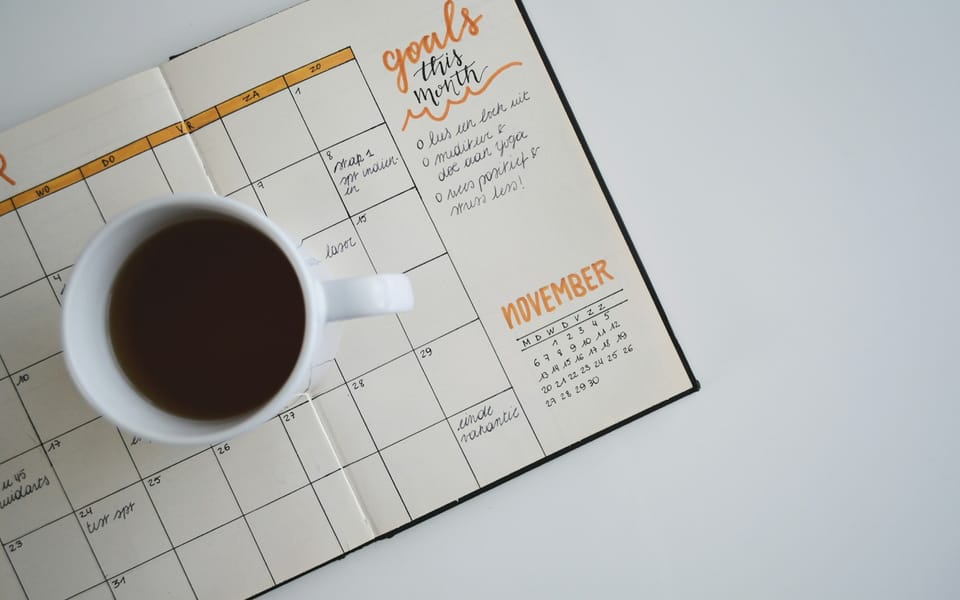Week 27-28 | Summary 1️⃣4️⃣0️⃣ m DYNB 🎉✌️
Another week of freediving progress! I hit a DYNB PB of 140m, and completed very good 112m DNF dive, both feeling strong. Depth sessions were rewarding, and I explored CO₂ and hypoxia training. Plus, an insightful exchange with Michaela Werner on freediving journey, lessons learned and mindset.

DNF progress
This week marked another step forward in my freediving journey, with noticeable improvements across various aspects of my training. I completed several long Dynamic No Fins (DNF) dives and finished each one feeling fresh, which is always a great sign. One of the biggest wins was extending my normal breath-hold (without packing) distance from 107m to 112m—an encouraging improvement that shows steady progress.
DYNb personal best
After eight months, I finally took my bifins back to the pool to see how my body would respond to completely different movement patterns. It felt strange at first—switching from my usual streamlined DNF technique to a powerful kick-driven motion. My legs were already fatigued from gym training, so I focused on sending different signals to my muscles while optimizing the session for DNF benefits. I worked on CO2 tolerance and fine-tuned my arm movements to minimize water drag when swimming fast with fins.
Another key focus was testing my hypoxic tolerance. With my fins on, I attempted to push my limits while ensuring I surfaced at the right moment. The result? A new personal best of 1️⃣4️⃣0️⃣m DYNB ✌️🎉—all while exiting before experiencing any hypoxia symptoms. This was a huge confidence boost, especially considering I was diving in a different pool than usually.
Joyful 45m deep dives
On top of that, I had several depth training sessions focused on free immersion and CNF. These sessions have been demanding but rewarding, and I’m happy with the progress I’ve made over the past two weeks. The feedback from fellow freedivers on my DNF technique has been invaluable—there are some minor adjustments to work on, but overall, I feel like I’m on the right path.
Technical exchange
This week was also significant for another reason—it marked a milestone in my freediving exchange project. I had an insightful discussion with Michaela Werner - Freediver, about our training approaches and freediving journeys. You can read the full exchange here, where we share key lessons and personal tips that could benefit your own training.
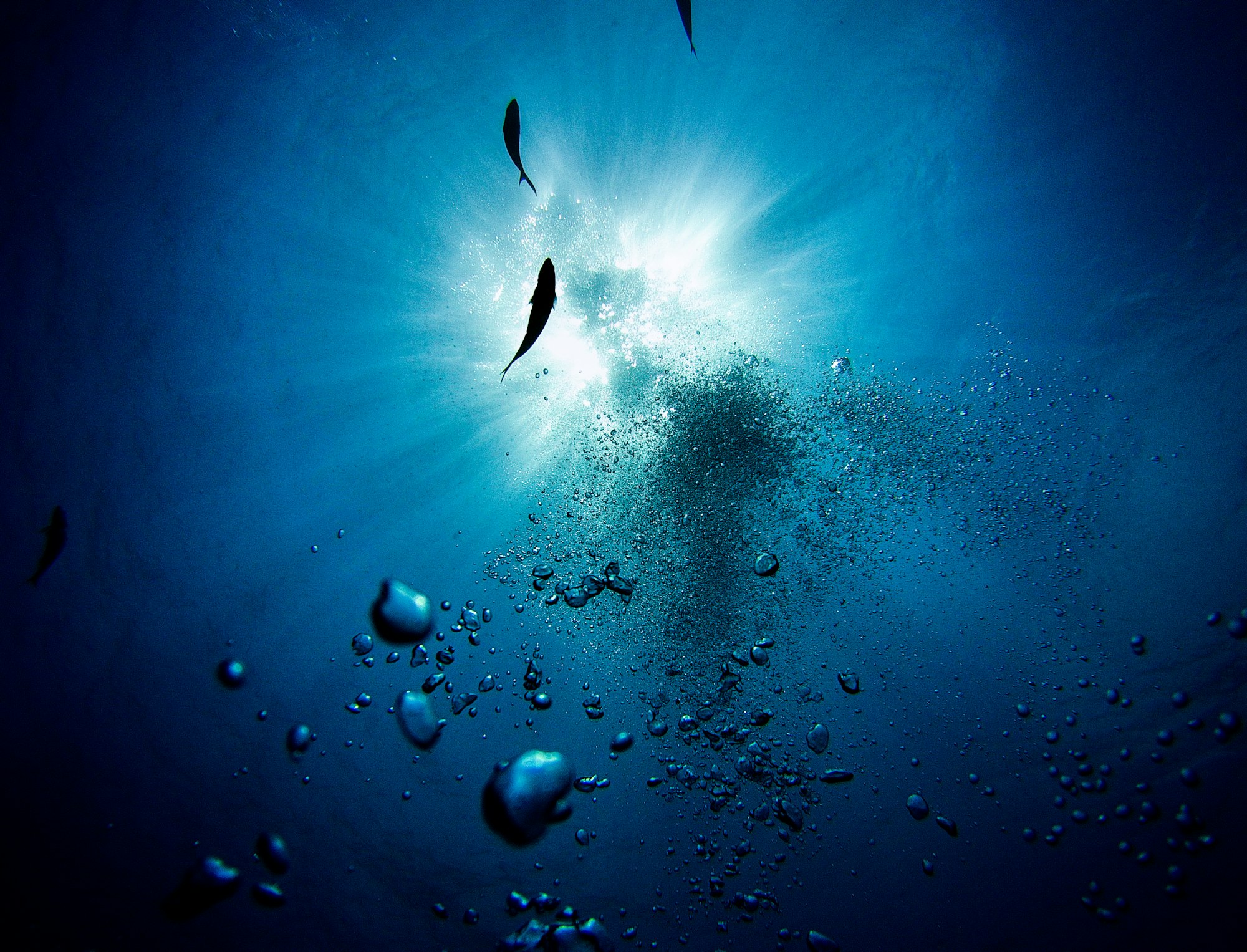
Trainings summary
These are my trainings - a blend of structured routines and personal adaptations. If you’re curious about the specifics of each drill type and want tips on how to incorporate them into your own practice, stay tuned for my upcoming posts. There’s much more to share!
Training 1
- submax 125m DNF ✌️ (total apnea time 02:20); full lungs + 10 packs;
- 14x 50m DYNB (total apnea time 00:45); alternating speed and training arm strokes when finning; 00:45 REST (Fixed Top Time training)
Training 2 (depth training)
- 21m FIM FRC (total apnea time 00:47)
- 37m FIM descent, CNF ascent (total apnea time 01:35); 07:00 REST
- 44m FIM (total apnea time 01:52); 07:00 REST
- 44m FIM (total apnea time 01:50); 07:00 REST
- 44m FIM (total apnea time 02:07); 07:00 REST
Training 3
- 14 x 50m DYNB (total apnea time 00:40); 50m swimming pool, focus on CO2 tolerance with fins; 00:45 REST (Fixed Top Time training)
Training 4
- 1️⃣4️⃣0️⃣ m DYNB ✌️🎉 (total apnea time 02:06); full lungs + 10packs, 50m swimming pool;
- 14x 50m DYNB (total apnea time 00:43); CO2 training on 50m swimming pool; 00:35 REST (Fixed Top Time training)
Training 5 (depth)
- 21m FIM FRC (total apneao time 00:47);
- 42m FIM descent, CNF ascent (total apnea time 01:55); 07:00 REST
- 40m CNF descent, FIM ascent (total apnea time 01:37); 07:00 REST
- 45m FIM (total apnea time 01:54); 07:00 REST
- 34m CNF (total apnea time 01:31); 07:00 REST
- 44m FIM (total apnea time 01:54); 07:00 REST
- 45m FIM (total apnea time 02:03); 07:00 REST
- 20m FIM+STA (total apnea time 02:36); hang on 2m; 07:00 REST
Training 6
- submax 112m DNF ✌️ (total apnea time 02:10); full lungs without packing; tired legs after gym and some distractions during the dive, good relaxation;
- STOP-GO - 03:00 STA + 50m DNF (total apnea time 03:55); 05:00 REST (STOP-GO training)
- 10x 50m DNF (total apnea time 00:55); focus on technique - reduce water splash during start and more controlled arms/palms moves; 01:00 REST (Fixed Top Time training)
